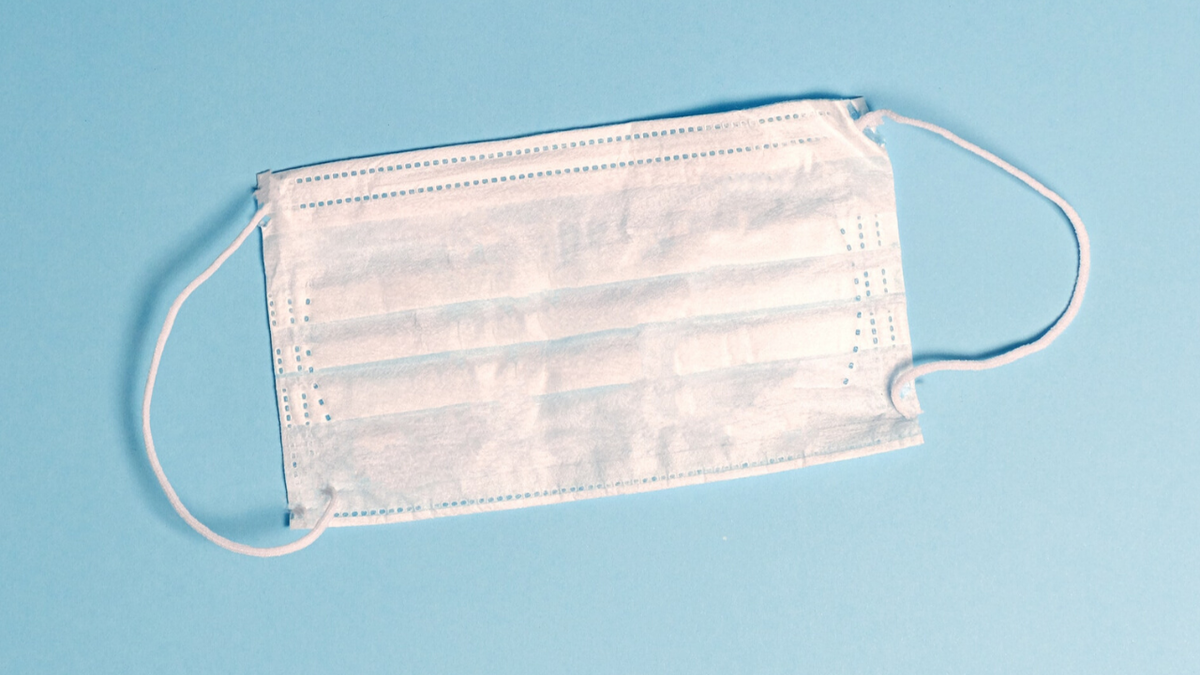Sara L. Zimmer is an associate professor of Biomedical Sciences at the University of Minnesota Medical School, Duluth Campus. Her expertise in microbiology makes her a resource on the topic of the impact of facemasks in COVID-19 prevention.
How does a facemask prevent the spread of COVID-19?
How a facemask prevents the spread of COVID-19 depends on the type of mask, but all of them involve having breathing air go through a filter that captures the particles in the air.
N95 masks are used by healthcare workers, particularly those who need to protect themselves because they are working with patients who are likely or known to be infected. They are effective at preventing the wearer from breathing in viral particles. But there are limited supplies of these masks. We direct supplies of these to health care workers right now.
Why wear masks?
The rest of us are wearing other styles of masks. “The rest of us” still includes many health care workers who are working with patient populations other than those known to have COVID-19. Users of these other masks are not likely experiencing much protection from COVID-19 by wearing them. Rather, they are using these masks to protect other people from themselves. COVID-19 positive individuals who can be symptomless expel viral particles into the air during breathing and speaking. Some studies show that fewer of these viral particles get into the environment if the infected person is masked, which would lead to fewer people around them picking up the virus.
What are some best ways to keep the integrity of a mask?
You can find many rules and guidelines about putting masks on and taking them off properly, and what mask materials are best at filtering. However, a lot of these rules were designed for mask use in different settings like health care. These rules may be less applicable or important for using masks in public to reduce the transmission of the novel coronavirus.
If you’re using a mask in a healthcare setting or for non-infection control related work purposes, you would follow guidelines provided by your employer and the mask manufacturer. For the wearing of surgical-style or cloth masks in public to reduce COVID-19 transmission specifically, more general guidelines can be followed.
Anything that makes a mask fit more securely on your face with fewer gaps between your face and the mask will direct more airflow through it, thus allowing it to do its filtering job. A different size or type of mask or enhancements to a mask all might help improve fit. A mask should cover your nose as well as your mouth.
If a mask that you have been regularly using is getting droopy and you have to keep readjusting it, touching it and your face, this is a problem. Replace the mask if it is disposable. If it is cloth, you may have to dry it if it is damp or tighten the straps ... Absolute sterility is not so important for masks’ current uses in public settings, although cloth masks should be washed regularly just like a clothing article.
Other things people should know?
Our knowledge of the degree of effectiveness of the public wearing masks during this pandemic is limited right now. Guidance may seem vague or contradictory as a result. Additional studies are being performed currently and we should not be surprised if more definite or somewhat different guidelines come out in the future.
While there is a big focus on masks, it is very important to remember that the first released guidelines about how to limit infection’s spread still apply. We do have a lot of data to back up the effectiveness of following procedures that are unrelated to masks. These include washing hands well with soap right before leaving and right after arriving home, avoiding touching the face, especially in public, washing high-touch surfaces frequently, and maintaining physical distances from other individuals. This last guideline in particular limits the number of viral particles you might breathe in as a result of being out in public.
Contact Information
Sara L. Zimmer, PhD
Associate Professor of Biomedical Sciences
Office of Faculty Affairs Duluth Faculty Liaison
University of Minnesota Medical School, Duluth campus
[email protected], (218) 726-6741

